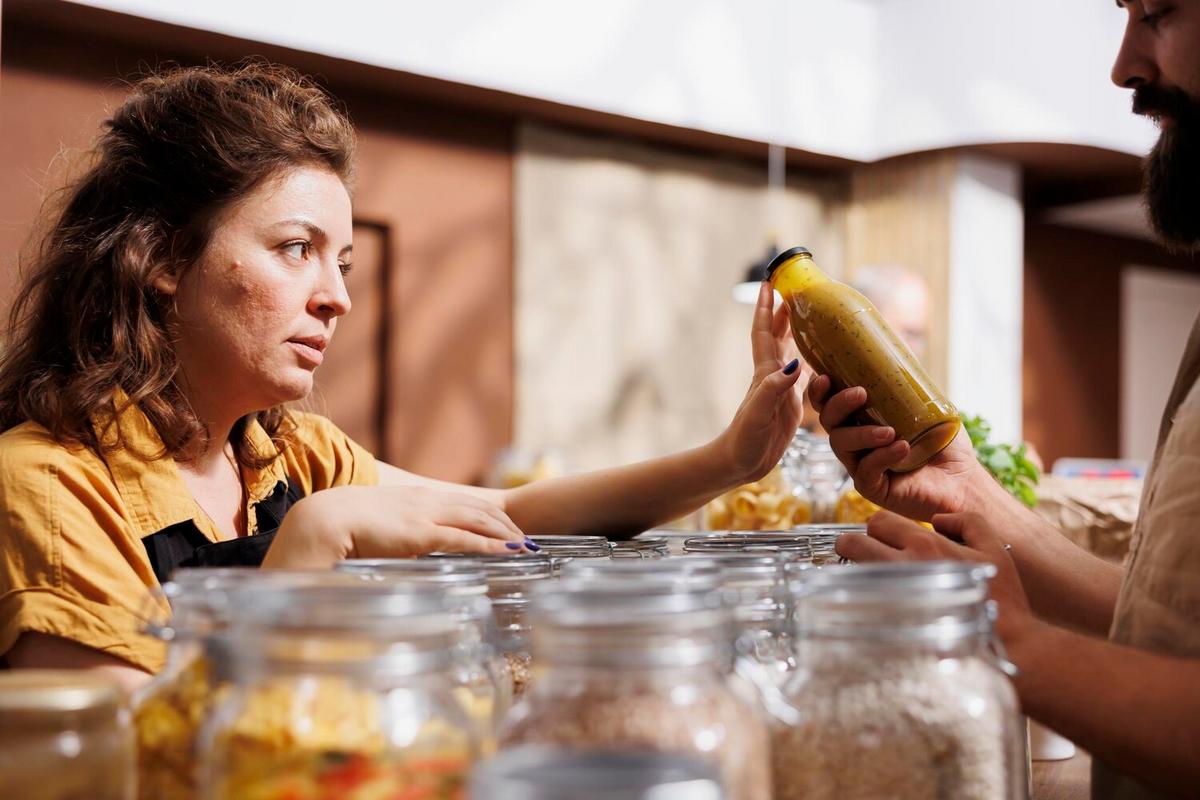
The Role of Fermentation in Modern Sustainable Cooking
Fermentation is more than just a culinary trend; it’s a time-honored technique that plays a pivotal role in modern sustainable cooking. By utilizing the natural processes of fermentation, chefs and home cooks alike are discovering innovative ways to enhance flavor, preserve food, and reduce waste, all while promoting environmental health.
Fermentation has been a key element in food preservation and flavor enhancement for centuries. Today, its contribution to sustainable cooking is gaining recognition. According to renowned chef and food activist Alice Waters, fermentation not only extends the shelf life of produce but also enriches its nutritional profile by introducing beneficial probiotics.
The Benefits of Fermentation
Fermentation offers multiple benefits that align with sustainability goals. It reduces food waste by preserving perishables for longer periods and adds nutritional value by creating bioavailable nutrients. Studies indicate that fermented foods can enhance gut health, which supports overall well-being.
Expert Opinions
Chef David Chang, a pioneer in integrating fermentation into modern cuisine, highlights that fermentation allows cooks to utilize every part of the ingredient, minimizing waste. He emphasizes that this approach not only respects the ingredient but also supports sustainable food practices.
Statistics on Fermentation’s Impact
According to a report by the Food and Agriculture Organization (FAO), approximately 1.3 billion tons of food is wasted globally each year. Fermentation can play a significant role in reducing this number by preserving food items that would otherwise spoil.
Personal Anecdotes
Imagine turning a surplus of garden cucumbers into jars of tangy pickles. This not only prevents waste but also provides a delicious, probiotic-rich food that can be enjoyed for months. Many home cooks have found that once they start fermenting, they become more mindful of their food consumption and waste.
Actionable Tips for Incorporating Fermentation
- Start small: Begin with simple recipes like sauerkraut or kimchi to get comfortable with the process.
- Use seasonal produce: Fermenting seasonal and local produce supports sustainability and reduces carbon footprint.
- Experiment with flavors: Try adding spices or herbs to create unique and personal flavors.
Comparison Table of Fermented Foods
| Food | Primary Ingredients | Fermentation Time | Benefits |
|---|---|---|---|
| Sauerkraut | Cabbage, salt | 1-4 weeks | Probiotics, Vitamin C |
| Kimchi | Napa cabbage, radishes, spices | 1-2 weeks | Probiotics, Vitamin A |
| Kombucha | Tea, sugar | 1-2 weeks | Probiotics, antioxidants |
| Miso | Soybeans, koji | 3-12 months | Probiotics, protein |
| Yogurt | Milk, bacterial cultures | 4-12 hours | Probiotics, calcium |
| Tempeh | Soybeans, rhizopus spores | 24-48 hours | Probiotics, protein |
| Pickles | Cucumbers, salt, spices | 1-4 weeks | Probiotics, low-calorie |
| Sourdough | Flour, water | 1-2 weeks | Probiotics, minerals |
Frequently Asked Questions
What is fermentation?
Fermentation is a metabolic process that converts sugar to acids, gases, or alcohol using microorganisms like yeast and bacteria.
Why is fermentation considered sustainable?
Fermentation extends the shelf life of foods, reduces waste, and enhances nutritional value, supporting sustainable food practices.
Can anyone start fermenting at home?
Yes, fermentation is accessible to home cooks, requiring minimal equipment and ingredients.
Conclusion
Fermentation is a versatile and impactful technique that enhances sustainable cooking practices. By incorporating fermented foods into your culinary repertoire, you not only enrich your diet but also contribute to a more sustainable food system. Embrace the art of fermentation and discover the myriad benefits it offers to your kitchen and the planet.


